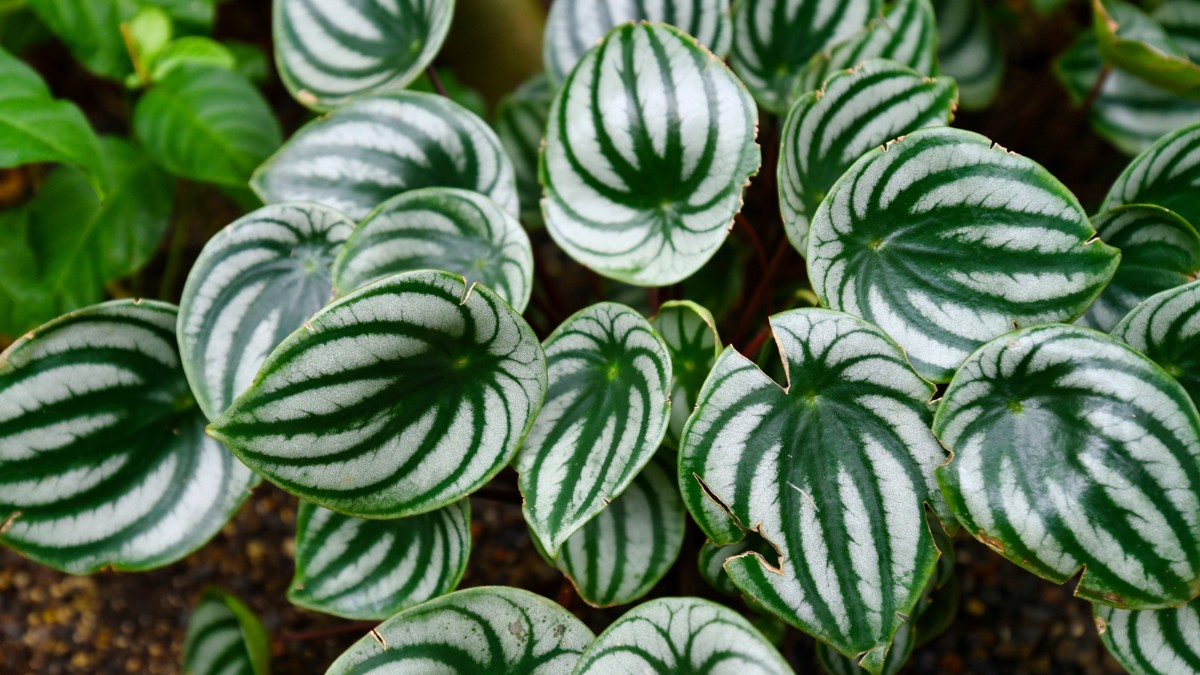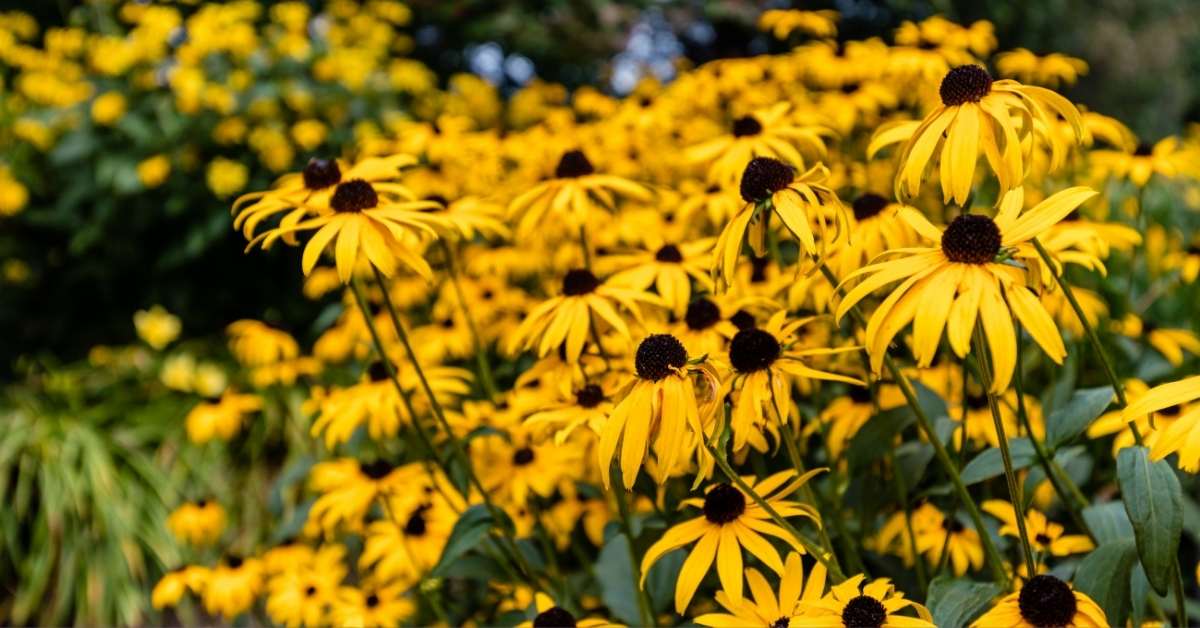Whether you are growing them indoors in pots or the outdoor flower bed, gerberas are easy to grow and care for. Gerbera daisies (Gerbera jamesonii) are considered an annual plant and must be replanted every year unless you reside in USDA zone 8-11.
How to Grow Gerbera Daisies
Gerbera daisies thrive in warm weather, particularly about 75 degrees Fahrenheit (24 degrees Celsius). If the temperature drops below 43 degrees Fahrenheit (6 degrees Celsius) at night, they will freeze. If the temperatures drop so low at night, potted Gerbera daisy plants will need to be moved indoors.
Put the plants in a greenhouse or inside a house to avoid freezing. Gerberas prefer full sun conditions.
While you’ll need to be mindful of colder weather, gerbera daisies love heat and don’t mind harsh, bright sunlight. Gerberas also like the humidity of about 65%, especially if they are in full sun. If you reside in a hot area, a light shade will prevent gerberas from burning up during the warmest portion of the day.
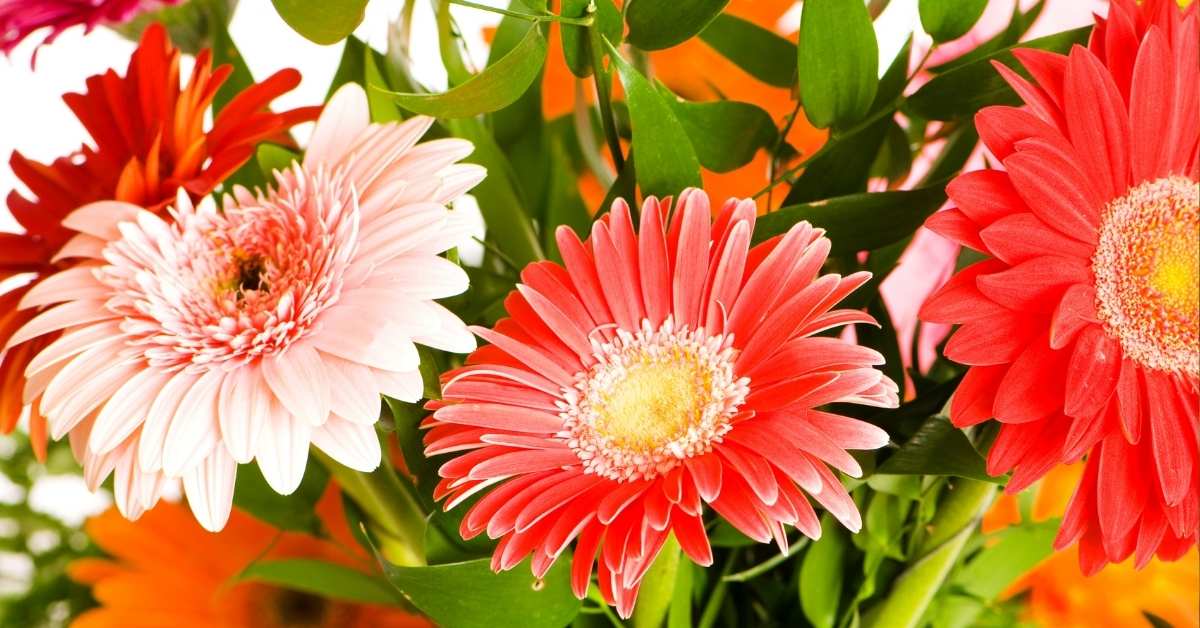
Starting Your Gerberas from Seed in Pots
- Your pot should be a minimum of 5 inches deep and wide to give your plants room to grow. Next, fill the pots with potting soil and feed the soil well with a water-soluble fertilizer. After planting the seeds and the initial watering, only fertilize the pot of gerberas every two weeks.
- You can use 24-8-16 all-purpose water-soluble fertizers as this ratio is the best fertilizer for gerbera daisies.
- Choose about five seeds from the packet and place them about 2 ½ inches deep. Keep the seeds planted about 12 inches apart.
- If the soil you are using is hard, loosen it with peat moss or sand. Keep the seeds well-watered and keep the soil moist around the seeds.
- Your gerbera daisy seedling should appear within two to three weeks. You may transfer the plants after they’ve grown to the point where they have two sets of genuine leaves. You may gradually put the plants outdoors as the weather warms hardened off and the weather is consistently over 43F at night.
How to Care for Gerbera Daisies in Pots
Once your plants have been transplanted or reached maturity, keep them moderately moist. Don’t let water pool under the plants or on top of the soil. Enjoy the blooms as they appear. Once the blossoms die, cut them off. Sometimes gerberas repeat bloom when the dead blooms are cut back.
If you are in a warm climate, keep your plants alive by watering them only when dry until they begin to bloom the following blooming season again.
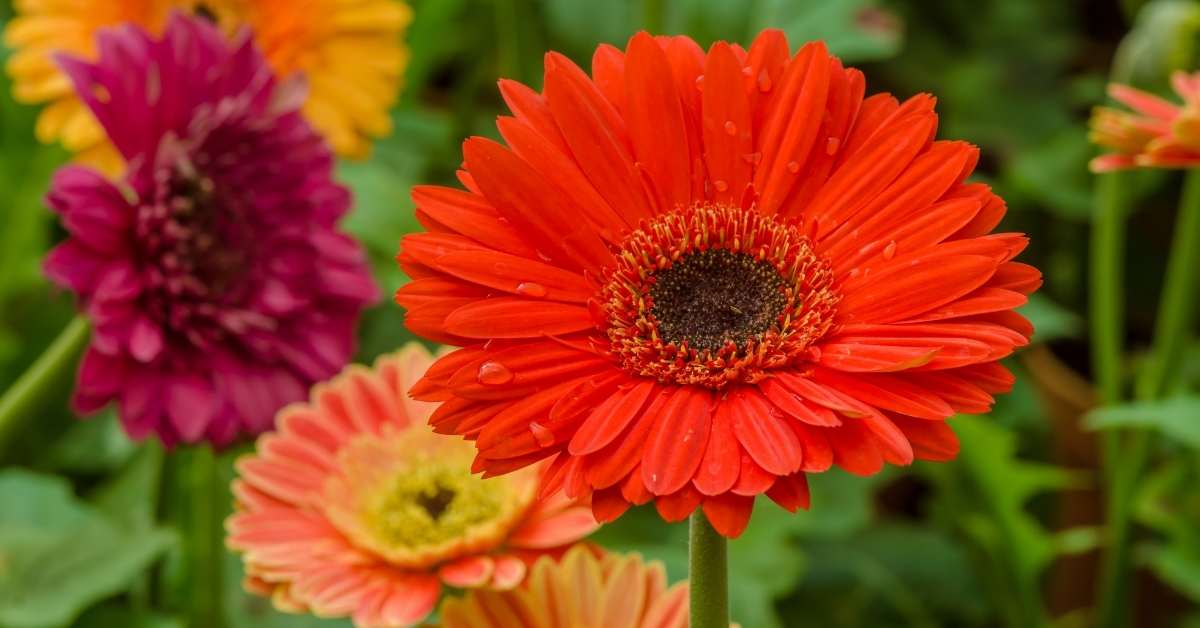
Planting Mature Gerbera Daisies Outdoors
Many people choose to buy several full-grown gerbera daisies from their favorite nurseries. If you have a short growing season or want color NOW, purchasing a fully grown Gerbera plant is just the ticket.
Plant mature gerbera daisy plants for quick results for cut flowers, to beautify your surroundings, and to give you instant color and beauty in your flower beds. Gerbera daisies remain one of the sturdiest plants you can grow.
Here’s how to provide your newly transplanted gerbera daisy plants for the best results:
- If your gerberas have been in a greenhouse or started indoors, place them outdoors for an increasingly more extended period during the day when the weather warms up. This process, called “hardening off,” will get your daisies used to being outside without causing the plants any harm.
- Choose an area for planting located in full sun during the majority of the day.
- Loosen the soil in the area the plants are to be planted to a depth of 8 to 10 inches.
- Add any peat moss or compost needed to make the soil less compact if needed.
- While tilling the soil, add any dry fertilizer recommended for flowers to the bottom of the hole you dig for the plant. In most cases, you’ll only need to add this fertilizer and no others during the plant’s blooming season. Or add an inch or two of manure at the bottom of the hole you prepared before placing the plant in the ground to feed the massive blooms of the gerbera.
- Dig the hole for the plant. Make the hole two times as large as the root ball. Bury the plant so that ½ inch to 1 inch of the crown is above the dirt. Water in thoroughly.
- Keep your gerberas evenly watered. Don’t overwater the gerberas, and don’t let them dry out completely.
- Before you know it, you’ll have glorious gerbera daisies to enjoy.
What to Plant with Gerbera Daisies
Pretty much every plant looks excellent with gerbera daisies. You have several choices to make before planting other plants with gerberas, however. It’s always a safe bet to have a large section of the garden planted only with gerberas.
But if you have a smaller garden or want more variety, choose from the following plants to add to your gerbera bed or flower pots, such as:
Petunias
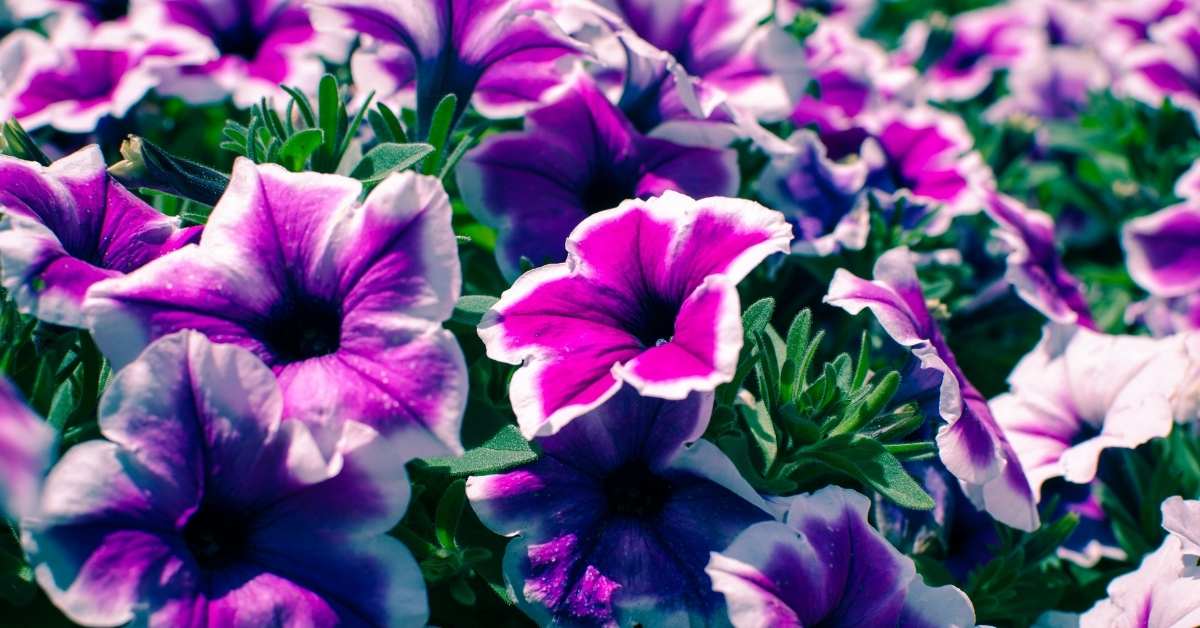
Choose a complementary color. Blue, white, purple, and red petunias look great planted at the base of a gerbera daisy or two. The variety of flower shapes makes petunias and gerberas an attractive combination.
Ageratum

Blue, pink and white ageratum is delicate and softens the intense statement that gerberas can make in the garden. The blue varieties’ blooms last longest and are the most reliable, however.
Salvia
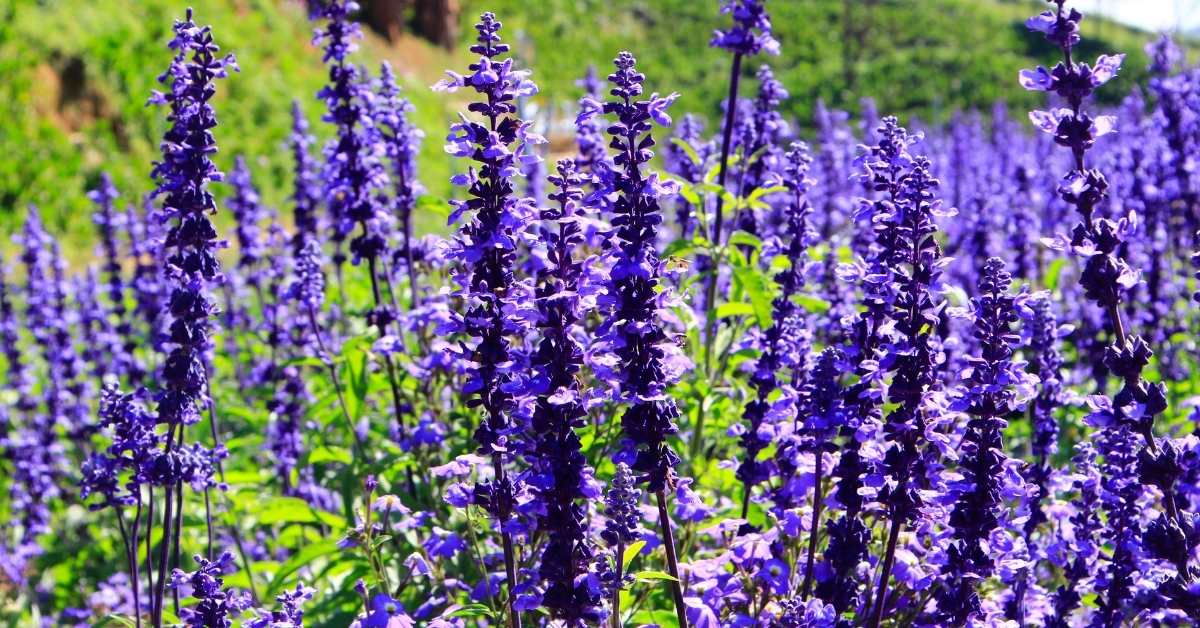
Salvia comes in various colors, especially blue, though they come in white, red, and yellow. The spire-like shape directly contrasts the round shape of the gerberas, making a striking contrast in your garden or flower pots.
Moss roses
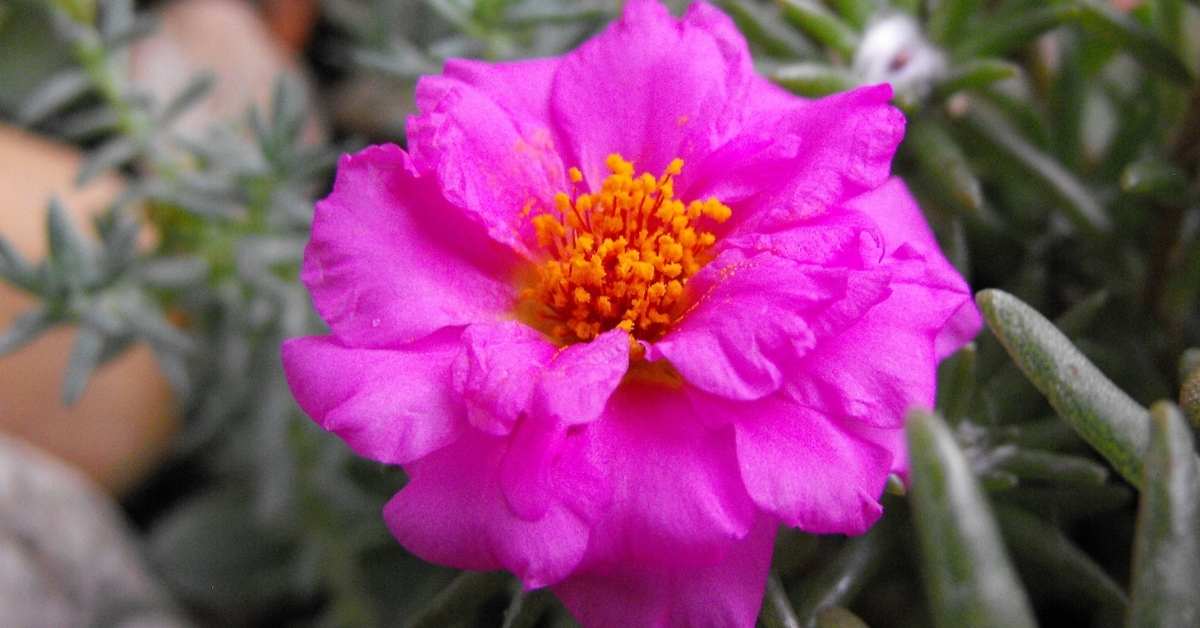
Portulaca grandiflora or moss roses aren’t roses but succulent that comes in reds, salmons, pinks, purples, and yellows. They like to grow near the ground, get plenty of light, and pair well with gerbera daisies.
Sunflowers

Sunflowers are no longer merely giant seed-producing flowers but come in a wide variety of colors and sizes to suit any flower bed. Put your favorite type of maroon or golden sunflower variety in the background behind your gerberas to catch the eyes of your neighbors.
Coleus

Coleus remains a striking annual that grows well both indoors and outdoors. Buy an all-green variegated variety or one of the red and green varieties for your gerbera beds or indoor pots for a stunning combination of colors.
Shasta daisies
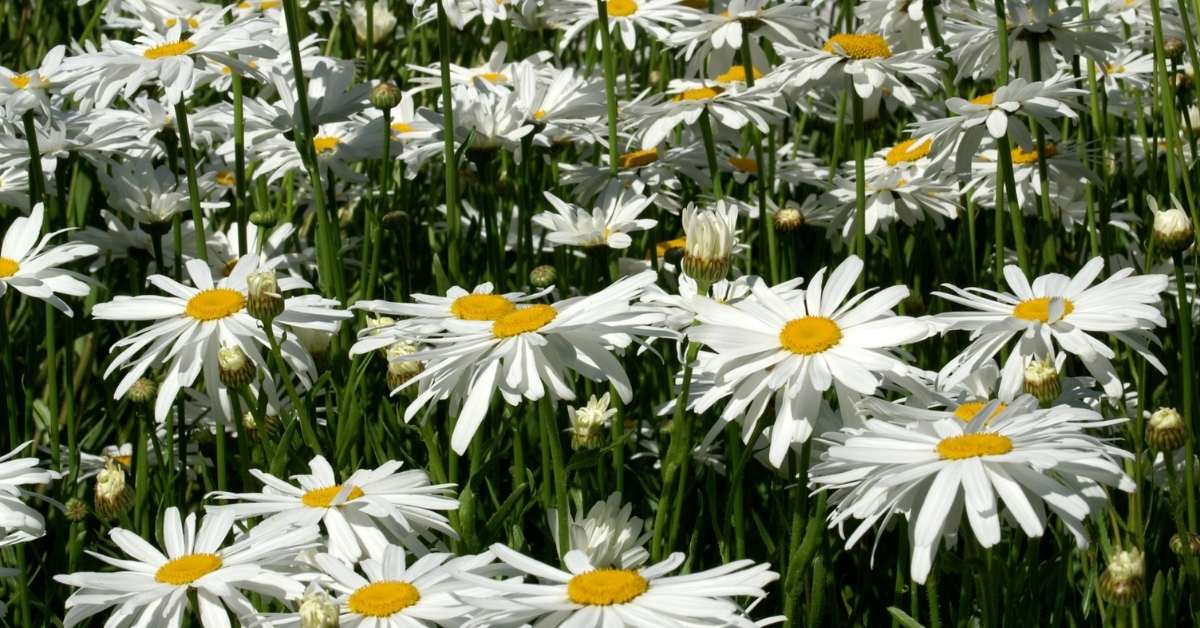
If you haven’t grown gerbera daisies, try some of the showy plants indoors in pots or your garden this gardening season. You’ll be impressed with how easy the flowers are to grow, the glorious flowers they produce, and the flair they add to your flower garden.
